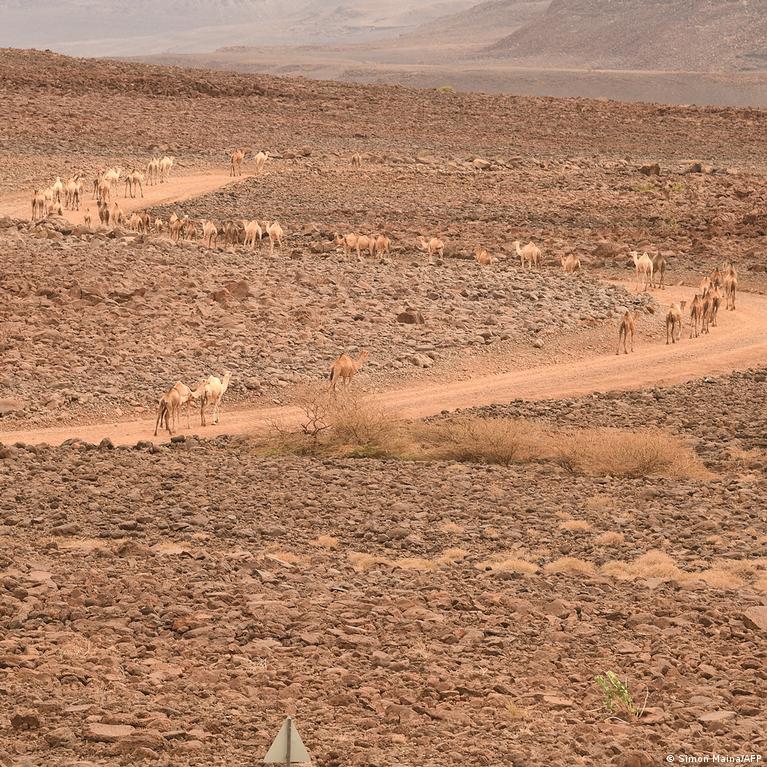A sixth failed rainy season would deepen the long-term drought in parts of Ethiopia, Kenya and Somalia that has contributed to a devastating food crisis
March 5, 2023
The Horn of Africa may soon see its worst drought on record, as forecasts predict dry weather during this year’s March-to-May rainy season. This would be the sixth consecutive failed rainy season in parts of Ethiopia, Kenya and Somalia since the end of 2020. The severe drought, along with conflict and ongoing economic pressures, has displaced more than a million people, and led to a hunger crisis for more than 20 million others.
If rainfall is below average over the next three months, this will be the worst drought in the region in at least 70 years, according to the World Meteorological Organization (WMO).
The drought has brought the region to the brink of famine, killing crops and millions of livestock animals. The WMO forecast notes that if temperatures remain above average in May, crops will wither and more vegetation will die, reducing feed for livestock.
“The sequential nature of the droughts is really, really devastating to livelihoods,” says James Verdin at the United States Agency for International Development.
A statement from the Famine Early Warning Systems Network on the situation in Somalia says humanitarian aid has so far averted famine for millions of people, but that the crisis is not over, with millions more still urgently in need of food assistance.
The drought has been driven by three years of below-average temperatures in the Indian Ocean as well as a rare triple La Niña in the tropical Pacific. Climate change has also contributed to hotter temperatures and a longer-term drying trend in the region, says William Roberts at Northumbria University in the UK.
Some preliminary models show the opposite El Niño pattern developing in the Pacific Ocean by the end of 2023, which could bring wetter weather to the region. “Traditionally, when there is an El Niño, we do see above-average rainfall in East Africa,” says Robert Stefanski at the WMO. However, heavy rain could bring its own problems, such as flooding and disease.

